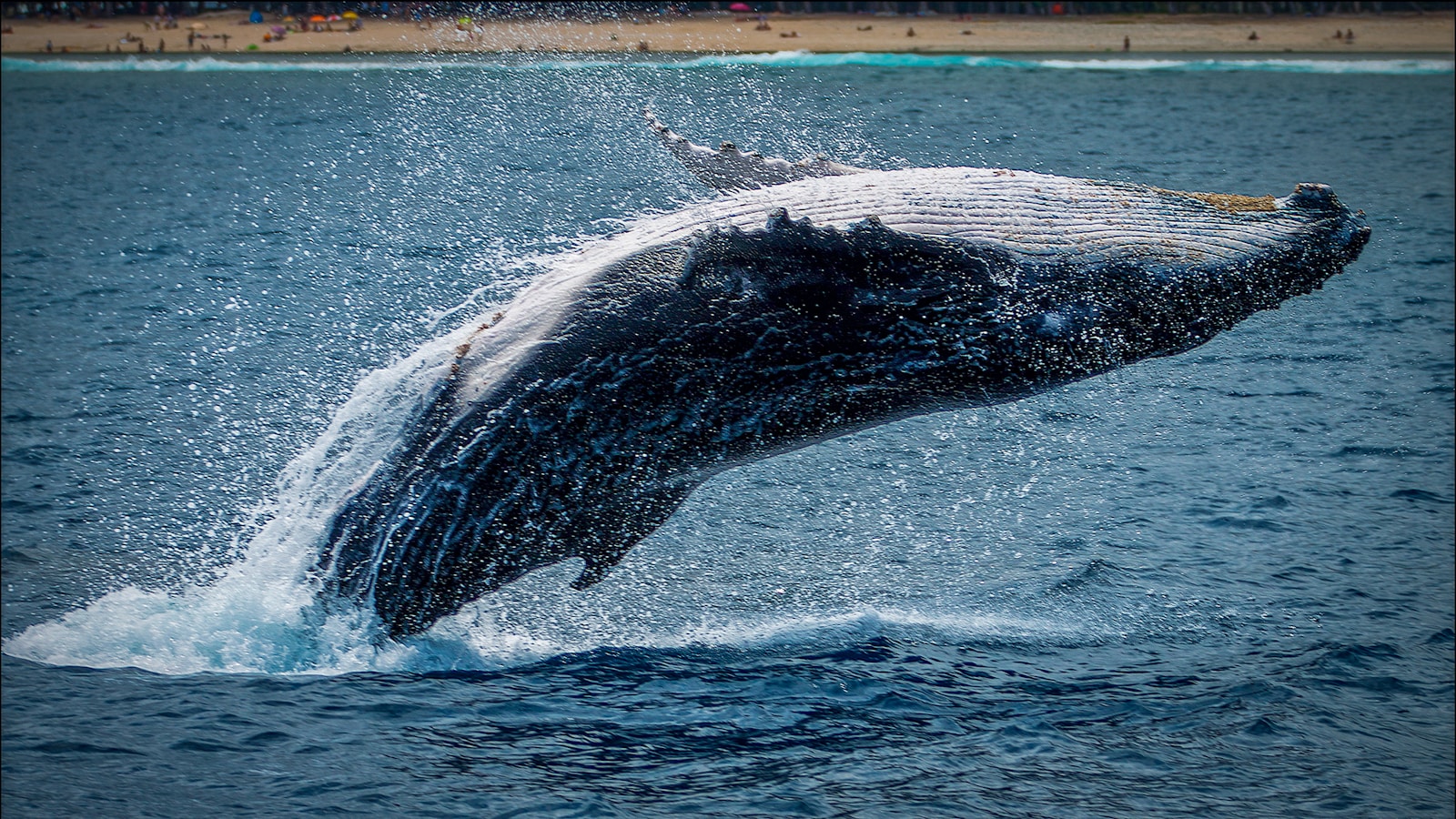Recent research indicates that great whales, such as bowhead and right whales, possess lifespans extending over two centuries, challenging prior assumptions about their longevity.
Key Points at a Glance
- Extended Lifespans: Studies reveal that species like the bowhead whale can live over 200 years, with some individuals estimated to reach up to 268 years.
- Historical Evidence: Discoveries of 19th-century harpoon fragments embedded in whales suggest survival from past hunting eras, indicating remarkable longevity.
- Conservation Implications: Understanding these extended lifespans underscores the importance of protecting these species from threats such as hunting and environmental changes.
The longevity of great whales has long fascinated scientists and the public alike. Recent studies have provided compelling evidence that these majestic creatures live far longer than previously believed.
The bowhead whale (Balaena mysticetus), inhabiting Arctic and sub-Arctic waters, is now recognized as one of the longest-living mammals. Research indicates that bowheads can live over 200 years, with some estimates suggesting a maximum lifespan of up to 268 years.
Supporting this remarkable longevity, several bowhead whales have been found with 19th-century harpoon fragments embedded in their bodies. For instance, a bowhead captured off the Alaskan coast was discovered with a harpoon manufactured between 1879 and 1885 lodged in its neck, suggesting the whale survived an attack over a century ago. Such findings highlight the species’ resilience and extended lifespan.
Similarly, other great whale species, including right whales and sperm whales, exhibit impressive lifespans. Right whales, for example, are believed to live over 100 years, though precise age estimates are challenging due to historical hunting impacts and limited long-term data.
Understanding the extended lifespans of these marine giants has significant conservation implications. Long-lived species are particularly vulnerable to threats such as hunting, environmental changes, and habitat degradation. The slow reproductive rates and late maturity of great whales mean that population recovery from declines can take decades or even centuries.
Conservation efforts must account for these factors to ensure the survival of these ancient mariners. Protecting their habitats, mitigating human-induced threats, and enforcing anti-whaling regulations are crucial steps toward preserving these species for future generations.
In conclusion, the extraordinary longevity of great whales underscores the need for sustained and effective conservation strategies. Recognizing their extended lifespans enriches our appreciation of these creatures and highlights the importance of safeguarding their existence in our oceans.
